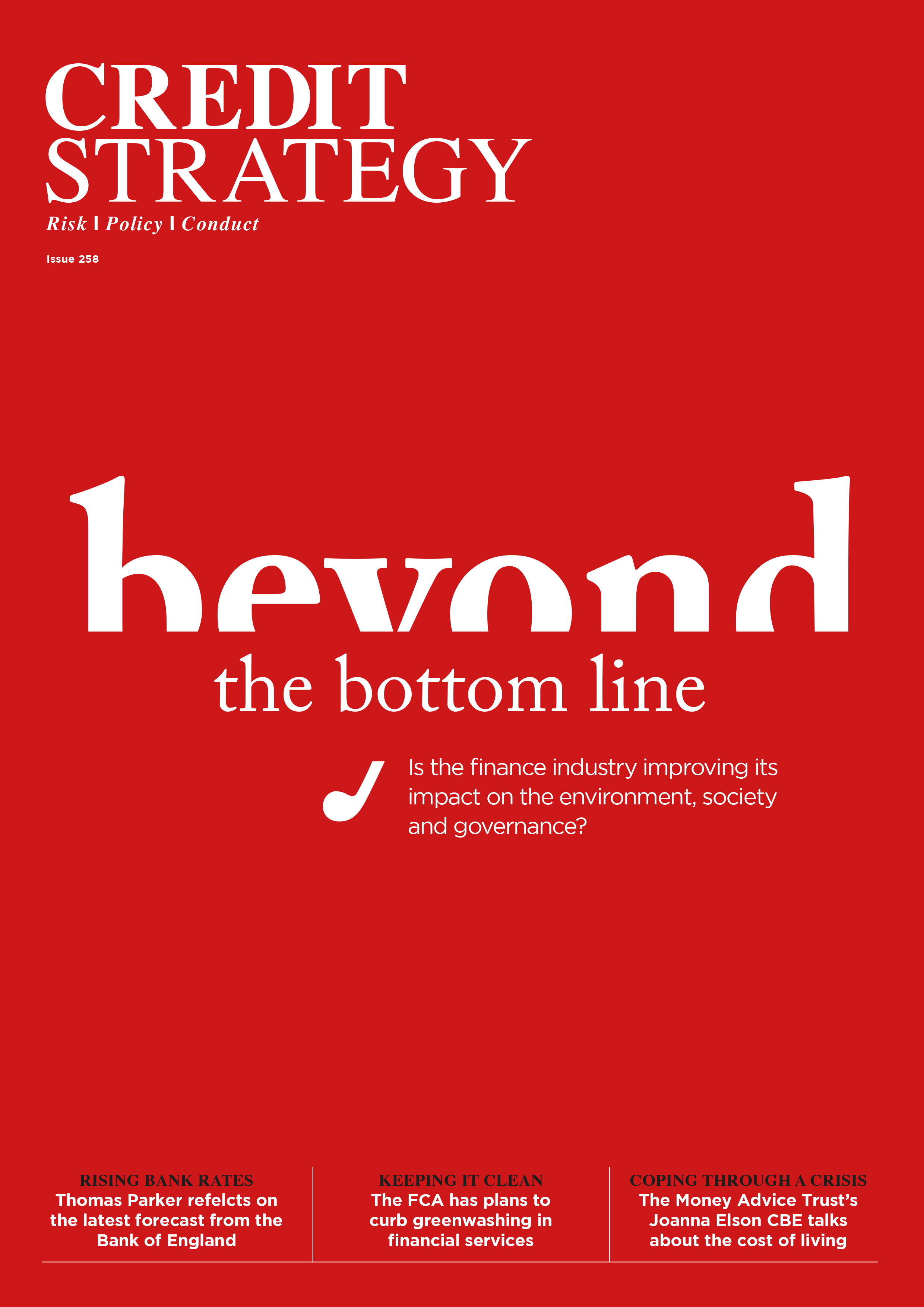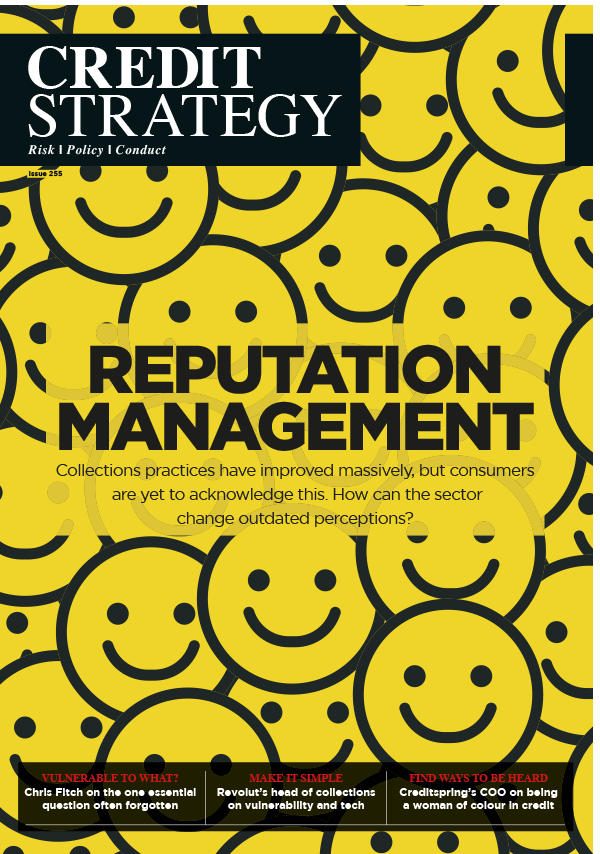Climate risk – fourth pillar in the making
 Professional Risk Managers' International Association
Professional Risk Managers' International AssociationAs part of a partnership with Credit Strategy, the Professional Risk Managers’ International Association’s (PRIMA) Venkat Srinivasan looks at why climate risk is becoming a part of the thinking for financial services professionals.

What is climate risk, and why is it important? It refers to the risk assessment which draws on formal analysis of the consequences and impact of climate change, responses and adaptation to these changes, and impact of societal and economic factors.
If one looks at global risks ranked by severity, ten years from now more than 70% of the risks will be climate in nature. Those not marked as climate risks are primarily tremors felt because of climate change.
There are several instances one can see around of the implications of these risks. For example, in July 2021, two days of extreme rainfall over western Germany resulted in damages of €1.3bn to a railroad company (Associated Press, 2021).
The Fukushima Nuclear disaster is another recent example, where the loss was estimated to the tune of $187bn. Given this backdrop, what should a regulator’s strategy and approach be to ensure that FIs fulfil their climate neutrality commitments?
This becomes essential to be put forth in a concrete structure so that supervision and assessment of this critical requirement is given an objective view from a risk standpoint.
Priorities for action
Given the potential risks and the magnitude of the task at hand, it is important for regulators to have a
well-rounded approach for governing climate risk for regulated entities. It is important for both the regulator and the regulated to understand the interdependence between environmental disturbances and lines of business.
Climate risk has an overarching impact on credit, market, liquidity, and operational risk (BIS, 2020). For example, credit risk could be caused due to impairment in value of collateral, liquidity due to a burst in demand following natural climate disasters, and operational predicated on business continuity in the event of damage to assets such as data centres.
On the governance front, regulated entities must assign responsibilities of management of climate financial risks starting right at a risk committee level and cascading down to individual functions within the FI. At all levels there should be a good understanding of climate-related risks and how to deal with them.
There are several courses which are available for self certification on the financials of climate risk and reporting – respective regulators can propose that key staff should undergo certification as part of capacity building and upskilling. An input to short-term and long-term strategic plans should be to include climate risk as one of the key determinants on decision making.
Financial institutions, should include climate risk indicators in their risk appetite assessment. Regulators must fix guidelines on how to measure and assess these risks.
For example, concentration of carbon dioxide in the GHG asset or emission levels in the portfolio could be measures to be included. Having done that, the FI should assess at the sector, region, and company the level of climate risk they are carrying and likely to carry in the future.
A logical and more objective assessment would be assignment of climate risk ratings to individual portfolios or accounts. Rolling these ratings up to the FI level will also help to conduct accurate climate stress and scenario tests.
There should be robust methods of Risk Identification and Assessment at a customer, sector, and portfolio level covering both physical and transition risk, especially for institutions operating in active seismic zones and their respective collaterals.
Following risk assessment, a natural follow through in process would be risk monitoring. Primarily, this should analyse potential financial impact for the FI’s books of clients more prone to future climate regulations and technological advances.
This function, both from an FI and regulator perspective, is extremely data-driven. Therefore, it is important to assess what information an institution’s client has, should have, and must necessarily build to ensure that it fulfils its monitoring and reporting functions.
With adequate data on the table from the earlier function, it is important for FIs to determine whether the risks they are carrying on their books is in congruence with their climate risk appetite as laid out by the board in forward-looking strategies.
This gets done through accurate risk management by valuing the exposures, concentrations, collateral value, and any other climate Key Risk Indicator (KRI) which can drive the FI’s risk profile. As an outcome, the FI may diversify by geography, pull out of concentrations, move their own data centres from sensitive zones, etc.
Risk management, analysis, and what an FI should be doing must be clearly forward-looking from an FI point of view. Assessing the future becomes important, and scenario analysis is one of the current tools to do this activity. Climate scenarios should be identified so an FI can visualize short-, medium- and long-term risks over various horizons, such as ten years.
These scenarios should be in the realm of both physical and transition risk, such as reduction in carbon intensity by 30% over the next ten years or, conversely, less reduction in fossil power generation by 30% for an electric utility. Scenarios translate into risk, and mitigation measures into cost for both the FI and companies being financed by the FI.
It is extremely important for a regulator or an internal auditor to ensure that all scenarios are relevant, clearly laid out, reflect the data collected, analysed, and reported under statutory requirements where necessary.
A good start for FIs may be the Network for Greening the Financial System (NGFS) on Climate Scenarios, which explores a range of plausible climate scenarios for forward-looking climate risks assessment.
Conclusion
There is a lot of background work to be done by regulators in the financial sector across the areas we have covered, which by itself is not exhaustive.
Climate risk is here to stay and bound to be a major contributor to the risk landscape of FIs. Creating a separate pillar for climate risk will provide the attention and focus it deserves from financial markets and institutions.
An independent pillar under Basel most certainly is the need of the hour. Whether this happens, time will tell, but the writing is clearly on the wall. Climate events can no longer be regarded as black swans – they are now well within the realm of a standard normal distribution.
PRMIA membership sets professionals apart, identifying them as active in the growth and promotion of the risk profession and demonstrating leadership by helping fellow risk practitioners develop best practices for their employees and community. Become a leader by joining PRMIA and providing your expertise. Join today at www.prmia.org.
Stay up-to-date with the latest articles from the Credit Strategy team
READ NEXT
Climate risks reshape credit analysis and lending practices
Get the latest industry news







